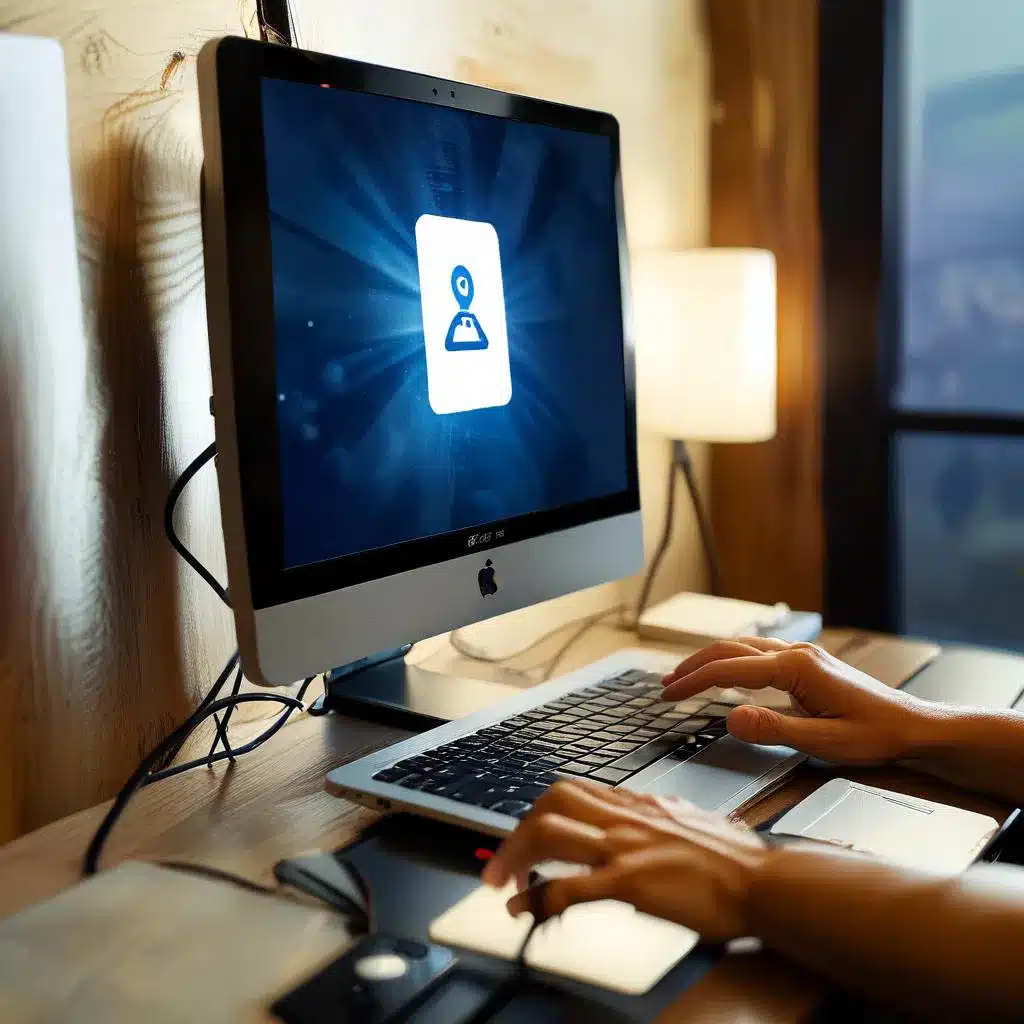Table of Contents
Remote working has become all over the world and because of this, remote access has become an integral part of workplaces around the world. With remote access, employees can connect to their workplaces and access corporate networks and resources from anywhere in the world.
As helpful as remote access is, ensuring its security is of prime importance because a little mishap can put the entire company’s data and network into jeopardy. For this purpose, we have discussed some of the best practices to ensure secure remote access so that remote workers can access their company’s networks and resources without worrying about security.
Enforce Strong Password Policies
Any company or business that has adopted a remote working model should enforce strong password policies for all of their remote employees. It is better if they can set the password for remote users themselves so that they can rest assured without having to worry about the password strength. If that is not possible, they should require their employees to create complex and strong passwords that include a mix of uppercase and lowercase letters, numbers, and special characters.
Along with this, you should encourage their remote workers to change passwords on a regular basis and avoid using easily guessable passwords like your date of birth. In addition, if you can ask your employees to use secure passwords for their WiFi login pages, such as the TP-Link website, then it’s even better.
Enable Two-Factor Authentication
Enabling two-factor authentication (2FA) for all remote workers should be mandatory because it provides an additional layer of security that prevents unauthorized people from accessing the network. 2FA typically involves users providing an additional piece of information, usually a one-time password (OTP) that is sent to the registered email or mobile number.
The benefit of two-factor authentication is that even if the login credentials of an employee get compromised, the unauthorized person won’t be able to access the network or system resources without the OTP.
Use a Secure VPN
The next thing that you should do to ensure secure remote access is to use a secure VPN. A VPN or Virtual Private Network encrypts your internet connection and reroutes your data through a secure tunnel, ensuring the confidentiality and integrity of transmitted data. A VPN prevents anyone including your ISP from snooping on you.
You can choose a reputable VPN provider and provide its access to your remote workers so that they can configure the VPN on their routers, e.g they can visit the Arris SURFboard Wi-Fi Settings to set up the VPN on their entire network to secure remote access.
Update Remote Access Software and Systems Regularly
Companies involved in remote working should regularly update their remote access software and systems so that any security vulnerabilities or bugs are fixed and patched. You should regularly check for software updates provided by the vendor and apply them as soon as they are available to ensure top-level security of remote access tools and systems.
Limit Access to Users Based on Their Roles
Limiting access to users based on their roles is also quite important to ensure the security and integrity of the remote systems. All users should be provided roles and access based on their specific job functions. For instance, an entry-level remote employee should not be provided access to the system that a manager requires. He should only be provided access to the systems and resources based on his specific job functions.
By implementing role-based access controls, you can limit access to sensitive data and resources, and prevent even employees from unauthorized access.
Educate and Train Employees
Educating and training remote employees is just as important as all of the aforementioned practices because if the remote employees are not careful enough, then they can cause damage to the entire network and system. Therefore, providing training to employees about topics such as identifying phishing emails, avoiding suspicious websites, and securely connecting to remote networks can help them stay alert and vigilant so that they avoid making unintentional mistakes.


